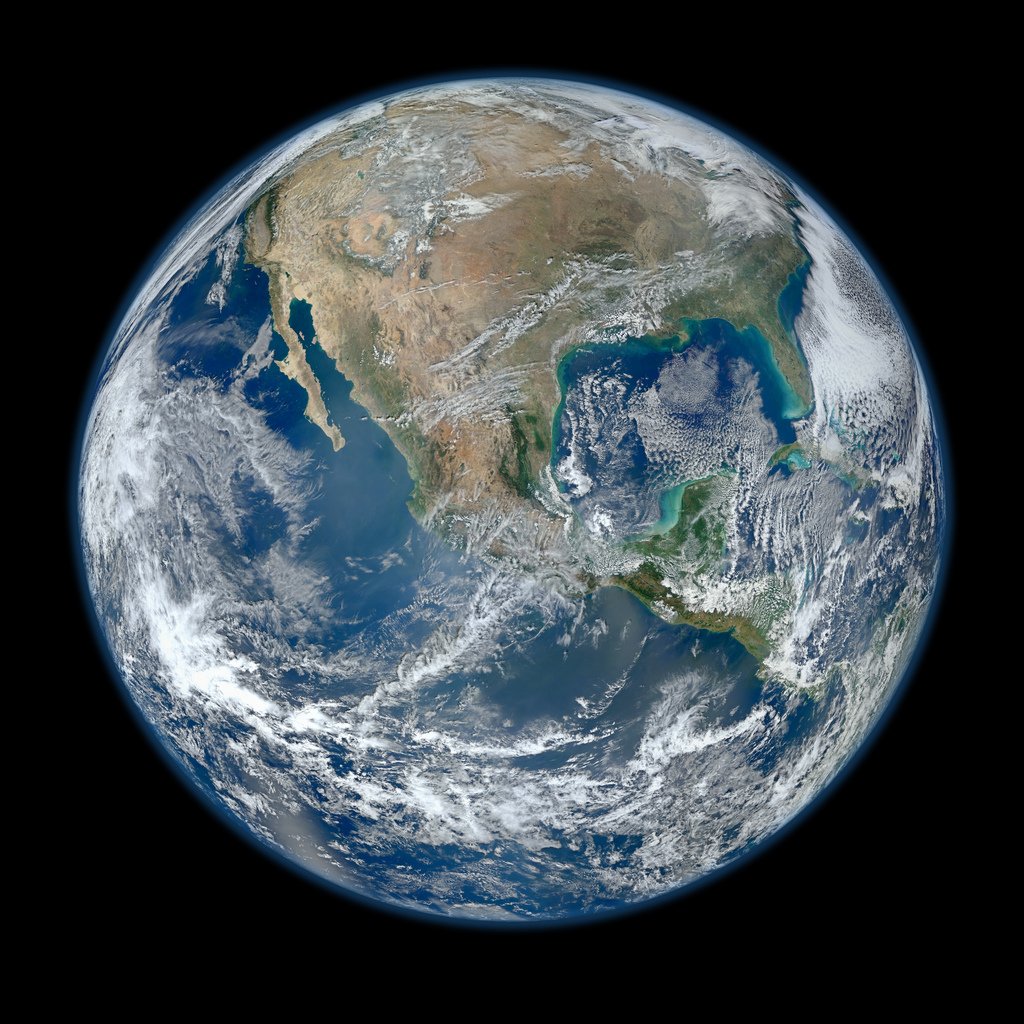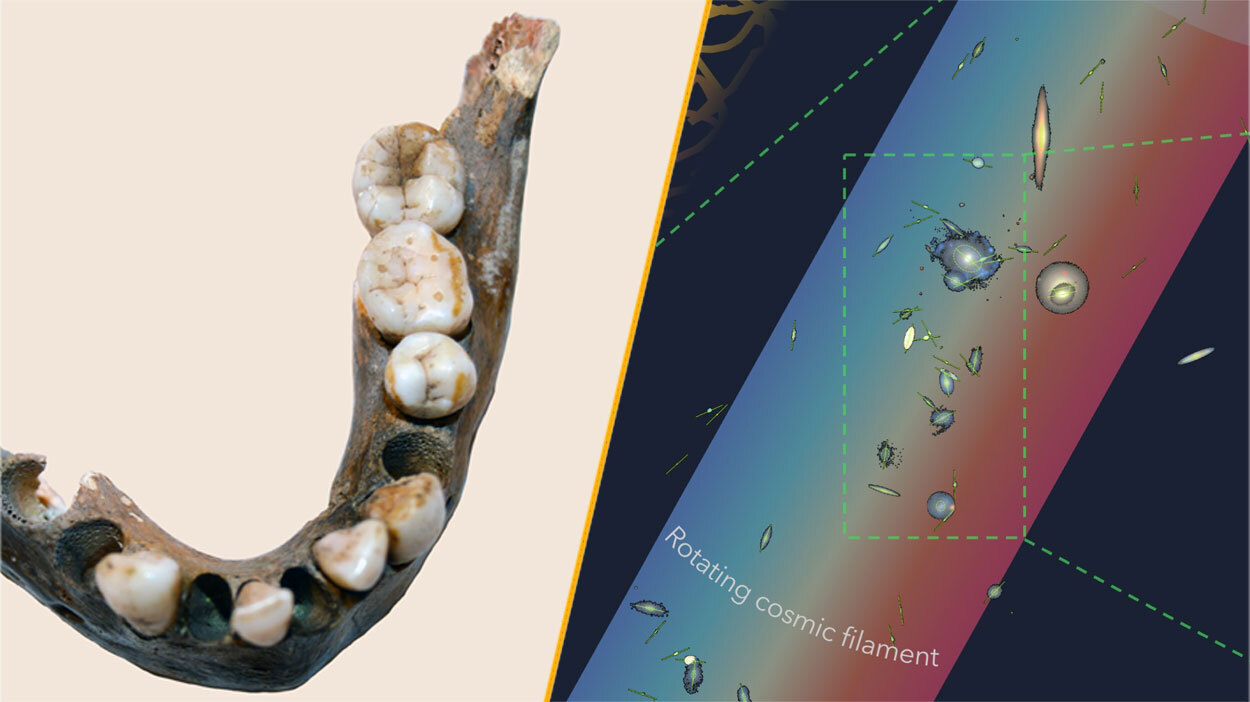Tipping Point? Earth Headed for Catastrophic Collapse, Researchers Warn

Earth is rapidly headed toward a catastrophic breakdown if humans don't get their act together, according to an international group of scientists.
Writing Wednesday (June 6) in the journal Nature, the researchers warn that the world is headed toward a tipping point marked by extinctions and unpredictable changes on a scale not seen since the glaciers retreated 12,000 years ago.
"There is a very high possibility that by the end of the century, the Earth is going to be a very different place," study researcher Anthony Barnosky told LiveScience. Barnosky, a professor of integrative biology from the University of California, Berkeley, joined a group of 17 other scientists to warn that this new planet might not be a pleasant place to live.
"You can envision these state changes as a fast period of adjustment where we get pushed through the eye of the needle," Barnosky said. "As we're going through the eye of the needle, that's when we see political strife, economic strife, war and famine." [Top 10 Ways to Destroy Earth]
The danger of tipping
Barnosky and his colleagues reviewed research on climate change, ecology and Earth's tipping points that break the camel's back, so to speak. At certain thresholds, putting more pressure on the environment leads to a point of no return, Barnosky said. Suddenly, the planet responds in unpredictable ways, triggering major global transitions.
The most recent example of one of these transitions is the end of the last glacial period. Within not much more than 3,000 years, the Earth went from being 30 percent covered in ice to its present, nearly ice-free condition. Most extinctions and ecological changes (goodbye, woolly mammoths) occurred in just 1,600 years. Earth's biodiversity still has not recovered to what it was.
Get the world’s most fascinating discoveries delivered straight to your inbox.
Today, Barnosky said, humans are causing changes even faster than the natural ones that pushed back the glaciers — and the changes are bigger. Driven by a 35 percent increase in atmospheric carbon dioxide since the start of the Industrial Revolution, global temperatures are rising faster than they did back then, Barnosky said. Likewise, humans have completely transformed 43 percent of Earth's land surface for cities and agriculture, compared with the 30 percent land surface transition that occurred at the end of the last glacial period. Meanwhile, the human population has exploded, putting ever more pressure on existing resources. [7 Billion Population Milestones]
"Every change we look at that we have accomplished in the past couple of centuries is actually more than what preceded one of these major state changes in the past," Barnosky said.
Backing away from the ledge
The results are difficult to predict, because tipping points, by their definition, take the planet into uncharted territory. Based on past transitions, Barnosky and his colleagues predict a major loss of species (during the end of the last glacial period, half of the large-bodied mammal species in the world disappeared), as well as changes in the makeup of species in various communities on the local level. Meanwhile, humans may well be knotting our own noose as we burn through Earth's resources.
"These ecological systems actually give us our life support, our crops, our fisheries, clean water," Barnosky said. As resources shift from one nation to another, political instability can easily follow.
Pulling back from the ledge will require international cooperation, Barnosky said. Under business-as-usual conditions, humankind will be using 50 percent of the land surface on the planet by 2025. It seems unavoidable that the human population will reach 9 billion by 2050, so we'll have to become more efficient to sustain ourselves, he said. That means more efficient energy use and energy production, a greater focus on renewable resources, and a need to save species and habitat today for future generations.
"My bottom line is that I want the world in 50 to 100 years to be at least as good as it is now for my children and their children, and I think most people would say the same," Barnosky said. "We're at a crossroads where if we choose to do nothing we really do face these tipping points and a less-good future for our immediate descendents."
Follow Stephanie Pappas on Twitter @sipappas or LiveScience @livescience. We're also on Facebook & Google+.

Stephanie Pappas is a contributing writer for Live Science, covering topics ranging from geoscience to archaeology to the human brain and behavior. She was previously a senior writer for Live Science but is now a freelancer based in Denver, Colorado, and regularly contributes to Scientific American and The Monitor, the monthly magazine of the American Psychological Association. Stephanie received a bachelor's degree in psychology from the University of South Carolina and a graduate certificate in science communication from the University of California, Santa Cruz.


